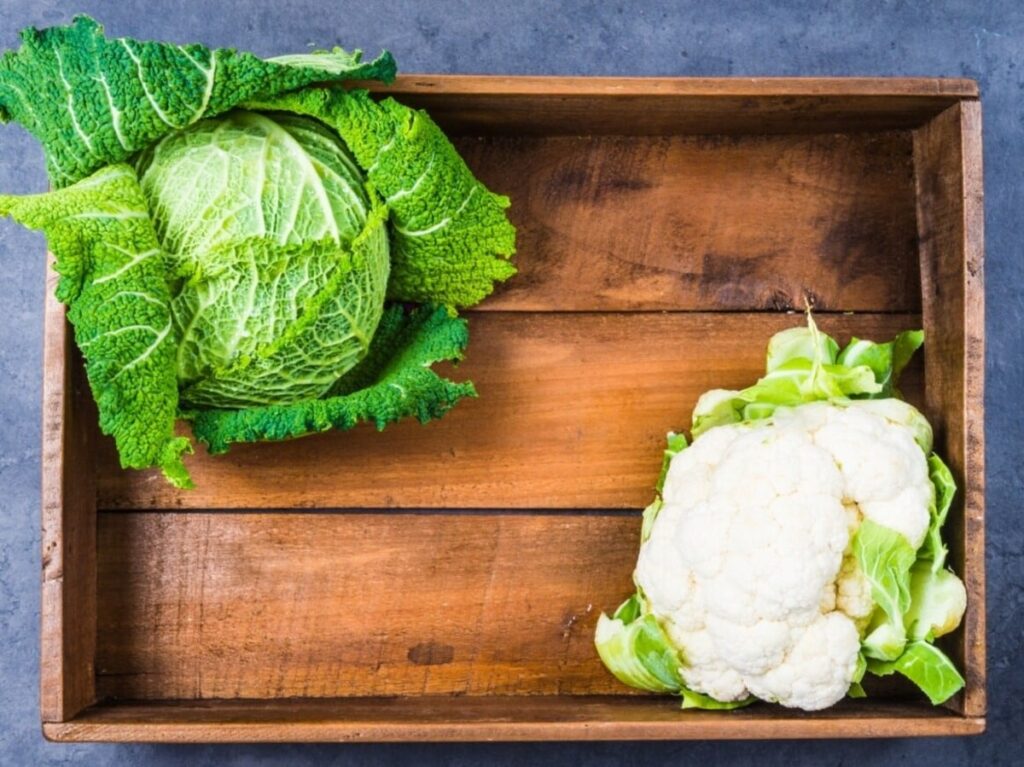Cooking vegetables like cabbage and cauliflower can sometimes lead to uncomfortable gas buildup in the digestive system. However, with the right cooking techniques, you can reduce these effects while still enjoying the health benefits these cruciferous vegetables offer. Nutritionists have shared effective methods for preparing these vegetables that can help minimize their gassiness while maximizing flavor and nutrition. This article will guide you through the correct cooking methods for cabbage and cauliflower, providing tips and techniques to ensure a pleasant dining experience.
Understanding Gas Production in Cruciferous Vegetables
Cabbage and cauliflower belong to the cruciferous vegetable family, which also includes broccoli, Brussels sprouts, and kale. These vegetables are rich in fiber, vitamins, and minerals, but they also contain certain compounds that can lead to gas formation. One of the primary culprits is a type of carbohydrate called raffinose, which can be difficult for the human digestive system to break down. When these carbohydrates reach the large intestine, they are fermented by bacteria, leading to gas production.
Cooking Techniques to Reduce Gas
1. Steaming
Steaming is one of the best ways to cook both cabbage and cauliflower to minimize gas. This method helps to retain nutrients while softening the fiber content, making it easier to digest. Here’s how to steam these vegetables:
- Prepare a pot of boiling water and place a steaming basket above it.
- Chop the cabbage and cauliflower into smaller pieces.
- Add the vegetables to the steaming basket and cover.
- Steam for about 5-7 minutes or until they are tender.
2. Boiling
Boiling can also help reduce gassiness when done correctly. It helps dissolve some of the complex carbohydrates that contribute to gas. To boil cabbage and cauliflower:
- Bring a large pot of salted water to a boil.
- Add the chopped cabbage and cauliflower to the pot.
- Boil for 5-10 minutes, depending on the size of the pieces.
- Drain and rinse the vegetables with cold water to stop the cooking process.
3. Fermentation
Fermenting cabbage, as in making sauerkraut, not only enhances flavor but also helps reduce gassiness. During fermentation, beneficial bacteria break down some of the complex sugars, making the resulting product easier to digest.
4. Adding Herbs and Spices
Certain herbs and spices can help alleviate gas production when cooking cabbage and cauliflower. Consider adding:
| Herb/Spice | Benefit |
|---|---|
| Ginger | Known for its digestive properties, ginger can help ease gas and bloating. |
| Cumin | Cumin seeds can enhance digestion and may reduce flatulence. |
| Fennel | Fennel seeds are traditionally used to relieve gas and improve digestion. |
Enjoying Cabbage and Cauliflower in Your Diet
With the right cooking methods, you can enjoy the health benefits of cabbage and cauliflower without discomfort. Incorporate these vegetables into your diet by trying different recipes, such as stir-fries, soups, or salads, while applying the cooking techniques discussed earlier.
Conclusion
By mastering the correct methods of cooking cabbage and cauliflower, you can effectively reduce gas production while still reaping the nutritional benefits offered by these versatile vegetables. Steaming, boiling, fermenting, and using digestive-friendly herbs and spices are all excellent strategies to make these cruciferous vegetables a staple in your diet. Make these adjustments to your cooking routine, and enjoy a healthier, more comfortable eating experience.
